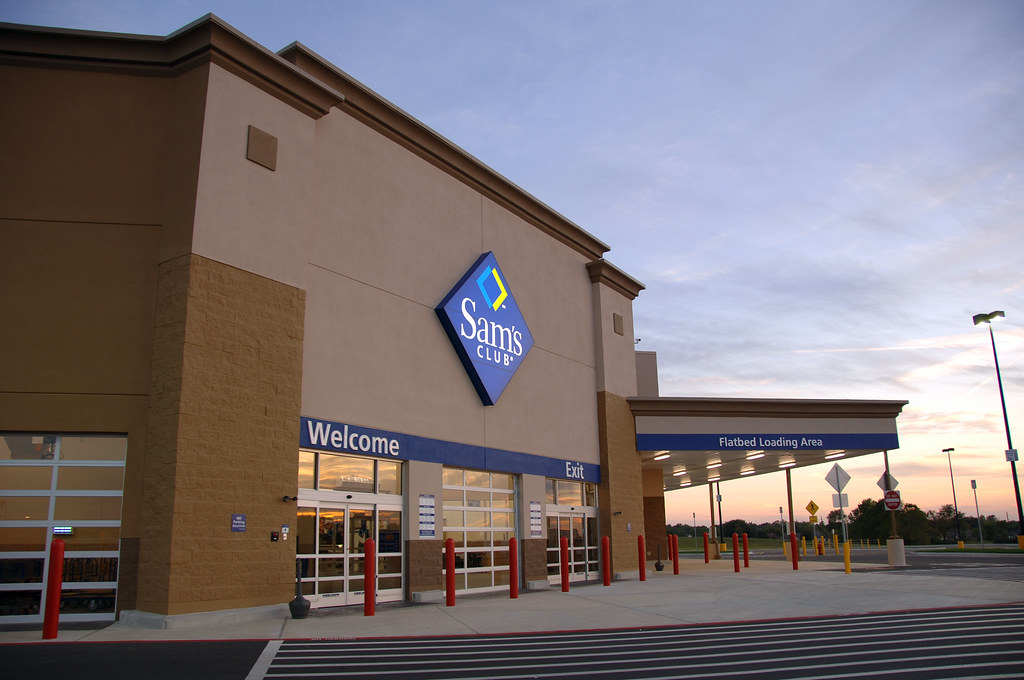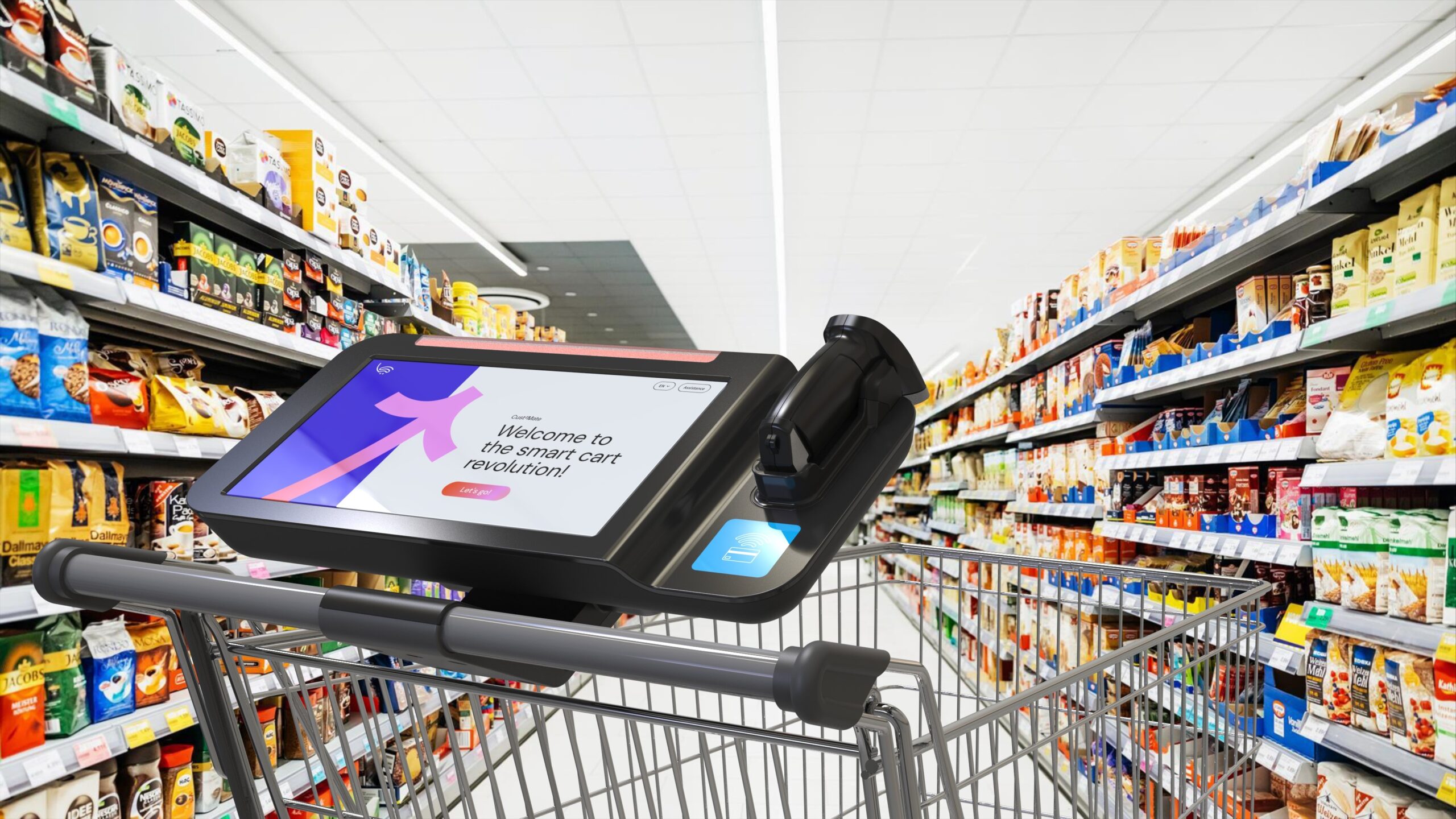I heard a commentator on TV recently describe the coronavirus as an “accelerator.” In his words, the dramatic industry changes we are currently seeing would have happened anyway in a non-pandemic world, just not as quickly.
In other words, companies with weak balance sheets would have failed or struggled mightily anyway (for example, Maines Paper & Food Service), just not as fast. And restaurant formats would have changed at some point (front-ofhouse ordering kiosks, multiple drive thru lanes, mobile app ordering/promotions, etc.), but not as soon. That made a lot of sense to me.
As a long-time food industry observer, I’ve often written about how s-l-o-w-l-y change occurs in our industry. How we continue to fall behind other supply chains and how slow we are to adopt new and needed technologies and processes. And most importantly, how blind many of us are to this fact.
So here’s my take on six concepts you should be thinking about for the rest of 2020. The pandemic has/will accelerate their arrival and impact.
1. Real SKU rationalization and simplification. Can anyone argue that foodservice has too many duplicative products with little differentiation? Does an operator really need to choose between 27 SKUs of frozen potatoes or cakes? The pandemic will accelerate a sorely needed reduction of products in foodservice.
Many restaurants already “temporarily” simplified and reduced menu offerings, which in turn will ripple through broadline distribution and manufacturer inventories.
Mondelez International, for example, anticipates significant SKU reductions as it aligns with reduced customer demand. And with the estimated more than 50% drop in “dine-in” customers for the foreseeable future, operators will continue to reduce and simplify all aspects of their operation, further slimming the number of SKUs needed in the supply chain. “Temporarily” will switch to permanent very quickly as cost savings generated by reduced SKU counts are realized.
Within Pentallect’s client base, we see companies ramping up SKU profitability analysis looking for reduction opportunities across all product categories. Reduction targets run between 25%-40%.
My view: I see a 30% plus permanent reduction in industry SKUs over the next 12-24 months.
2. A blending of the retail and foodservice supply chains. This one scares many of us. While in this current triage mode, many retailers (Safeway, Kroger, etc.) and foodservice distributors (Sysco, US Foods, etc.) paired up in interesting ways to move product and deploy people in non-traditional ways—a big shift in strategy.
Sysco and other broadliners started selling direct to consumers, moving to a more B2C sales model. Cash and Carry outlets like Costco and Restaurant Depot are no longer requiring membership to shop in their warehouse stores, expanding their offerings to non-business customers. Supply chains have always been mostly invisible to consumers and these moves from B2B to B2C will continue to expand sales opportunities for all.
My view: This is the start of something bigger and more permanent. We probably don’t need two distinct food supply chains. Maybe one and a half is enough?
3. Reduction in industry fragmentation and an increase in polarization. We’ve all talked about industry consolidation for years and foodservice has steadily moved down this path, but not fast enough. If Sysco succeeded in buying US Foods that would have been a real accelerant, but it didn’t happen and nothing of that magnitude was attempted since.
Real industry growth, sustainable competitive advantage, profit generation, and the “un-commoditization” of our industry can only happen after consolidation reaches its peak and we have a much more efficient and streamlined supply chain.
Typically, the big get bigger and more generalized and the small get smaller and more specialized. The mid-sized companies, like Maines Paper, which recently liquidated and/or sold off parts of their business, will find it very difficult to survive. We can expect mid-sized companies across foodservice to struggle with profitability, forcing some to liquidate and some to merge with others.
For instance, look at the sales agency/broker industry. It wasn’t long ago that a manufacturer would have 50-plus agencies representing them in foodservice alone and many more in their adjacent channels.
Today the foodservice agency community consists of a handful of national agencies like Acosta and KeyImpact, a very small group or regional agencies and several dozen smaller independent agencies.
My view: Increased business failures and “pennies on the dollar” mergers and acquisitions will reduce the number of competitors and decimate middle-sized companies in favor of the very large and very small.
4. Significant reductions in the number of field sales and sales management staff. Too many people in the field drive endless miles every day overseen by too many managers and support staff. Foodservice has so far bucked the fact that we live in a digital world, but no more.
In a Pentallect 2019-2020 client study on sales effectiveness, foodservice manufacturer satisfaction results with current people deployment and sales effectiveness were on average in the 40%-50% range, meaning less than half of field sales and management were satisfied with their overall sales effectiveness.
One primary reason for the low satisfaction levels was the redundancy of people and activity across various sales departments and the resultant lack of synergy across the enterprise. The pandemic will accelerate companies’ efforts to reduce their field sales complexity.
As operators streamline and move to more digital options, the need for “feet on the street” will certainly decrease substantially. Sysco and other broadliners reported furloughing/terminating upwards of 70% of their field sales teams. Many will not return.
Manufacturers similarly reduced headcount with some estimates of staff reductions up to 25%. A quick scroll through LinkedIn will show evidence of the thousands of long-time foodservice professionals seeking new career opportunities.
My view: I predict a permanent 50% reduction in field sales and support staffing over the next 12 months.
5. Reinvention of customer engagement and marketing. To fully cover this topic would take far too many words than I can offer here. Suffice it to say, numerous non-differentiated messages delivered in too many inefficient ways to a mostly disinterested audience.
Many foodservice companies ramped up their digital presence to reach consumers. These are baby steps towards the future. It will take more than an updated website to drive better results.
I haven’t seen a significant change in traditional marketing efforts yet, mainly because stopping the current bleeding takes precedence.
However, to stay customer connected in the future, companies will need to digitize virtually all of their marketing efforts and provide digital fulfillment options for upwards of 60%-70% of their customer base.
My view: A dismantling of traditional marketing departments will occur in favor of a more streamlined, digitalized, and customizable customer strategy.
6. Real technology innovation and adoption. Everyone can agree that foodservice has been slow to adopt significant new technologies readily available and in use in other supply chains. (Barcodes anyone?) Every nook and cranny of our industry can benefit from new tech, especially sales force automation that will modernize and streamline foodservice and reduce costs.
A key differentiator moving forward will be world-class digital fulfillment. Amazon and Apple provide great models for where foodservice companies need to go to satisfy “remote” demand from customers.
It goes well beyond standard EDI and SAP systems to a more mobile and proactive model that can be easily customized and updated without months of IT work.
One might assume the largest companies with the most resources will start this technological revolution, but that would be a wrong. Needed tech advancements will come from new and agile innovators that are not hindered by legacy systems and entrenched infrastructure.
My view: Fast adoption of advanced data analytics and AI will provide companies the ability to differentiate and increase effectiveness across the board.
Buckle up my friends. We are in for a wild ride. The future is coming faster than any of us expected.
By Rick Abraham, partner at Pentallect Inc. Reach him at ricka@ pentallect.com or 410-491-7857
Not a member? Click here to join and get access to more exclusive content.











